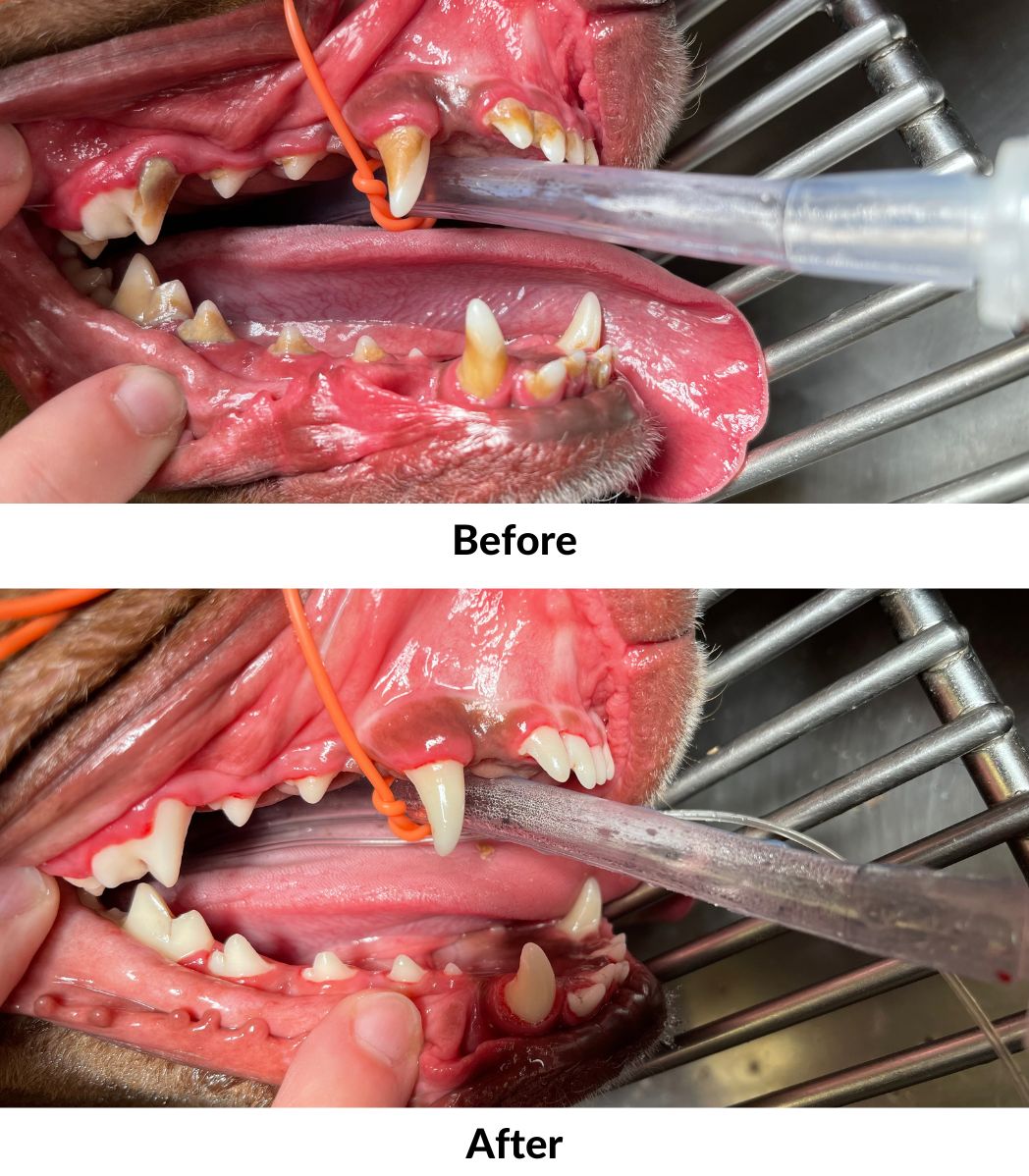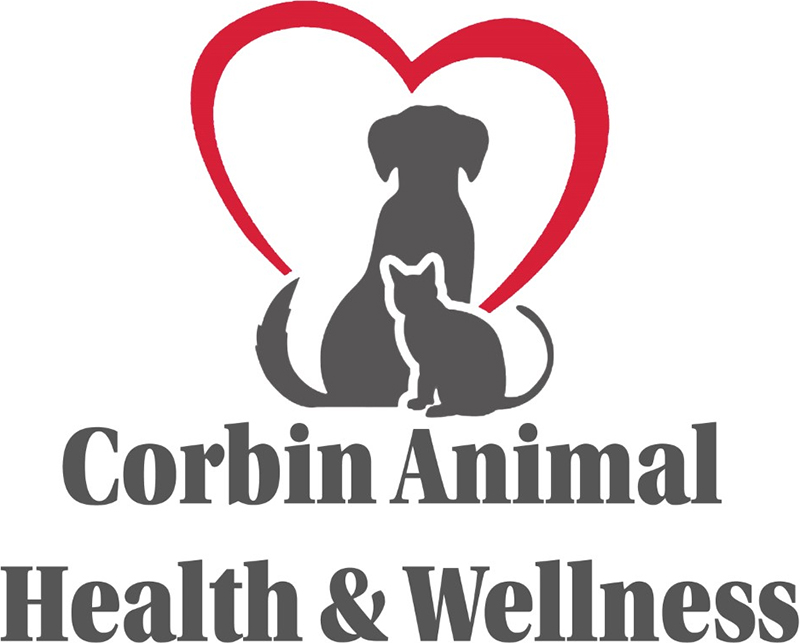Corbin Animal Health & Wellness
Pet Dentistry
Our Pet Dental Care Services
Good dental hygiene is a crucial element of companion animals’ general health, despite how often it is disregarded. To guarantee your pet’s safety and comfort, most dental procedures are performed while your pet is sedated.

Dental Examinations
A dental exam for your dog begins with a thorough oral examination to assess the anatomy of his face, head, and neck. After that, intraoral structures such as teeth and soft tissues are evaluated.
Radiographs (x-rays) of the entire mouth are also taken. This is crucial since sickness can easily be ignored if you don’t look beneath the gum line (the border of the gingiva surrounding, but unattached to, the substance of the teeth). Obtaining dental radiographs has been demonstrated to offer considerable diagnostic benefits in various studies. You can only view around half of the tooth structure without these x-rays.
Cleanings
The most popular dental cleaning techniques are scaling and polishing. After the x-rays are taken, special hand and ultrasonic scalers developed for animals (human scalers don’t work!) are used to remove plaque and tartar above and below the gum line while the dog is still sedated. Any instrument used on tooth enamel can generate microscopic scratches, which will eventually damage the tooth surface, leading to additional disease – this is why teeth are polished after tartar removal with dental instruments.
Tooth Extractions
In cases of severe periodontal disease, unsalvageable tooth fractures, and tooth resorption, extractions are required. Even though we strive to save teeth wherever feasible, having no tooth is preferable to having a painful tooth. Our pets cope well with missing teeth, and in many cases, they fare much better when the uncomfortable tooth is removed.
Procedures differ based on the tooth and the stage of the disease. A nerve block that lasts 6-8 hours is given prior to any extraction to assist reduce oral pain and discomfort.
We generally make incisions in the neighboring gum tissue to generate a flap and gain access to the tooth during surgical extractions. Often, the bone that covers each root must be removed, the tooth must be sectioned into individual roots, and each root extracted separately. The extraction site is closed with absorbable sutures after the alveolus (socket) is cleansed to eliminate any debris.
